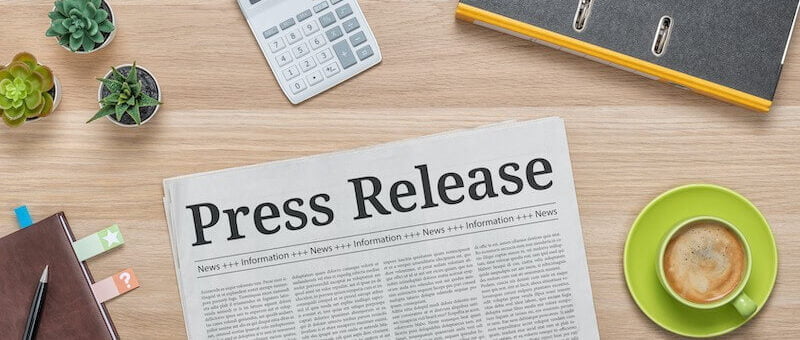
How to write a press release
A media release (or press release) is an effective way to disperse news about an event, organisation or person and gain publicity. As you need to get your key message across quickly, it’s important to make the most of the limited words you have.
Media release template
When writing a media release, following a template is crucial. A powerful template will allow you to write an impressive release.
An example of a media release template can be seen below:
— MEDIA RELEASE —
Date
Headline
The headline of your media release should be catchy, enticing, strong and summarise the main points of the story you’re trying to tell. The aim of your headline is to draw in the attention of the reader and make them want to know more. It also helps to have this in bold font, so it stands out.
Lead
This is your opportunity to answer the most important questions – who, what, when, where, why and how. Your lead should be interesting, explain the main points of the story and be concise.
Body
Following the lead, you can then expand on your story and provide further information. Make sure to prioritise your content from most important to least important so the reader is less likely to lose interest. Not only this, a journalist can then trim the media release if they have limited space available for a story – yet are still able to keep all necessary information included.
Always remember to write in short sentences and paragraphs while keeping the content straight to the point – you only have limited words to get your message across and want to write in a similar style to a journalist. Also include newsworthy quotes and attribute them to a particular organisation or person to keep the release appealing.
End
The last paragraph of your media release should contain the least important information. This can include background information or a summary of the story, organisation, person or event. Always remember to finish the release with ‘ends’ so the reader is aware it has finished.
Contact information
At the end of your media release, include the contact details of the appropriate person for the story. Simply write ‘For further information, contact…” or “Media enquiries:” before listing the details.
You should include full name, email address, and a telephone number which can be called after-hours as some journalists may need questions answered before or after business hours.
Boiler plate
A boiler plate is optional, though it allows you to include background information which usually isn’t necessary to include in the media release. It will merely give the journalist an overview of the release’s topic.
How to send a media release
In the digital age, most techniques for sending media releases are online. Unsurprisingly, email is the most successful way to reach out to journalists, however a common mistake people tend to do is sending large files. This can make it very easy to clog up a newsroom’s inbox and make the release difficult to open.
Instead, try using services such as Dropbox to upload your content and simply send the receiver a link to the file. This also allows you to upload additional images or videos if you believe they are relevant to accompany the media release.
As well as this, there are many media release distribution services (some free, some paid) available to use which can be helpful. Make sure to do some research on these services and choose based on the most suitable for your release and its story.
Tips to remember
- Always write in inverted pyramid style. Have your most important information at the top and the least important at the bottom
- Ensure there are no grammatical or typographical mistakes
- Keep your release on one page if possible
- Always write in third person
To start telling your story, contact us for a consultation on your PR needs.


